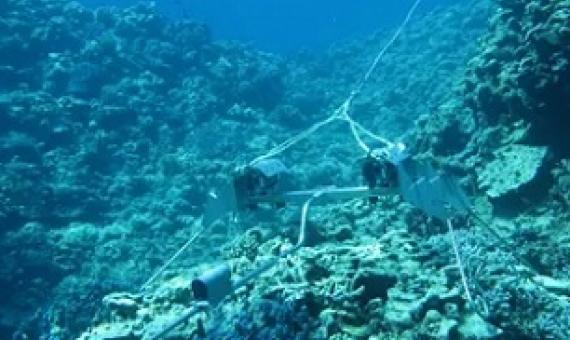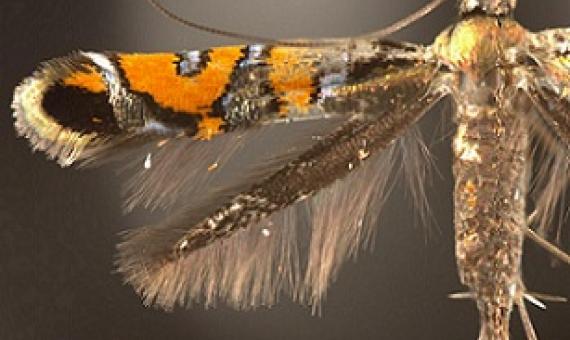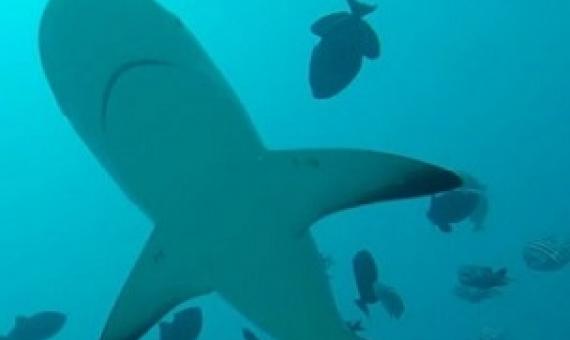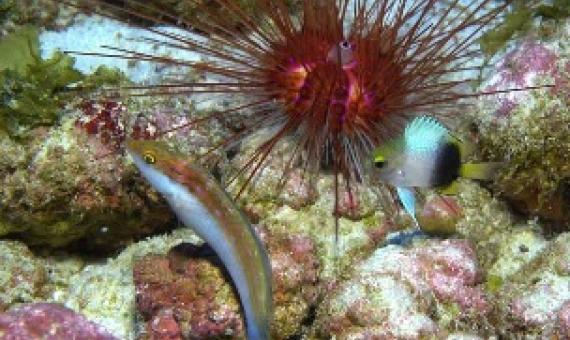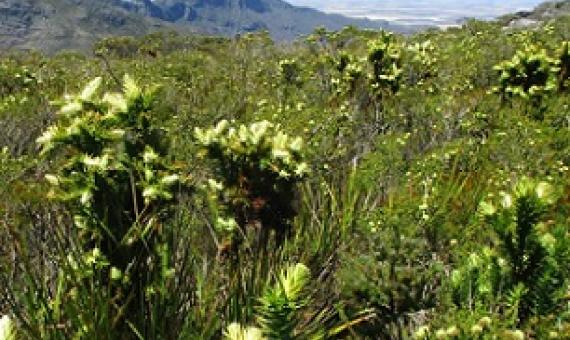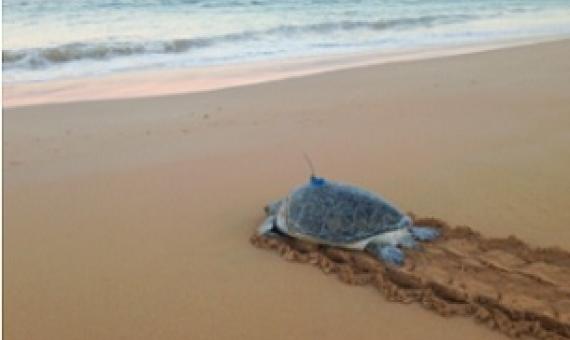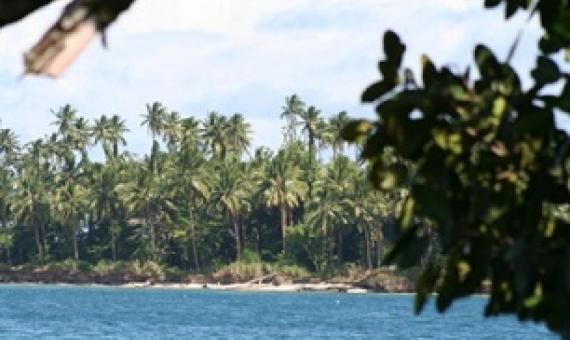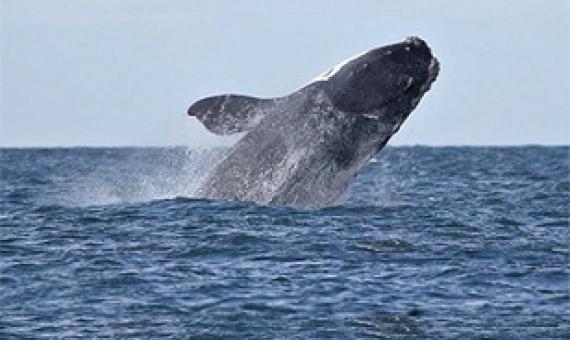What would a tropical reef look like if it could escape the man-made perils of global heating and overfishing?
Akito Kawahara was snapping pictures at a scenic outlook in Hawaii when he spotted the moth equivalent of a dodo. An entomologist, Kawahara recognized the squiggly patterns on nearby plants as trails carved by leaf-mining caterpillars and lowered his camera to take a closer look.
Bruce and Ann McGregor used a bequest of $1.6m from Bruce’s late father to buy Prosser River Reserve, protecting a diverse natural refuge...While much of the surrounding country has been cleared for farming since then, the reserve has been left relatively untouched.
The Center for Biological Diversity is suing the federal government amid the nonprofit group’s efforts to protect Hawaii’s iiwi, one of 17 forest bird species native to the islands that’s facing extinction. The lawsuit, filed Wednesday in U.S.
The number of sharks and rays worldwide has fallen by 71 per cent in the last 50 years and according to Australian and international research more than three-quarters of species are now threatened with extinction.
Earthjustice filed two lawsuits today in the District of Hawai‘i in response to the outgoing administration’s most recent attacks on the Endangered Species Act, the law that serves as the last safety net for animals and plants facing extinction.
When it comes to threatened species, charismatic animals usually get the most attention. But many of Australia’s plants are also in grave danger of extinction, and in many cases, the problem is getting worse.
Marine scientists have mapped previously unknown foraging grounds and migratory routes of Western Australia’s green turtles to support conservation of the iconic threatened species.
Thirty-eight kilometres of black sand beaches north of the town of Madang in Papua New Guinea could be about to be mined, threatening communities and the environment, including nesting grounds for endangered leatherback turtles...A former PNG chief justice and cabinet minister...contended that mi
Multiple conservation and wildlife protection groups have filed a petition with the National Marine Fisheries Service calling for new rulemaking that includes the prohibition of vertical lines in certain areas.

